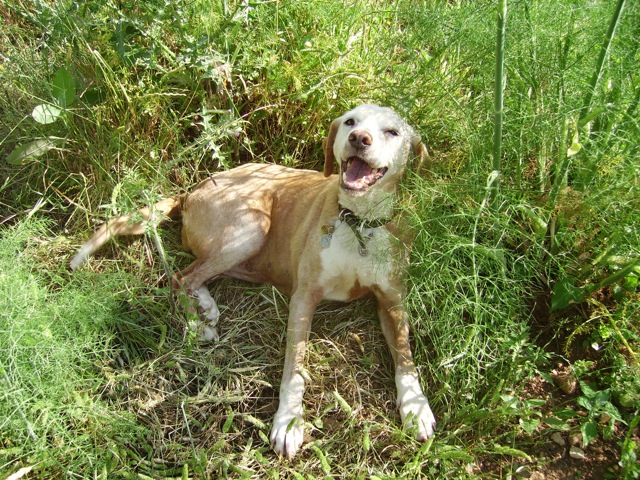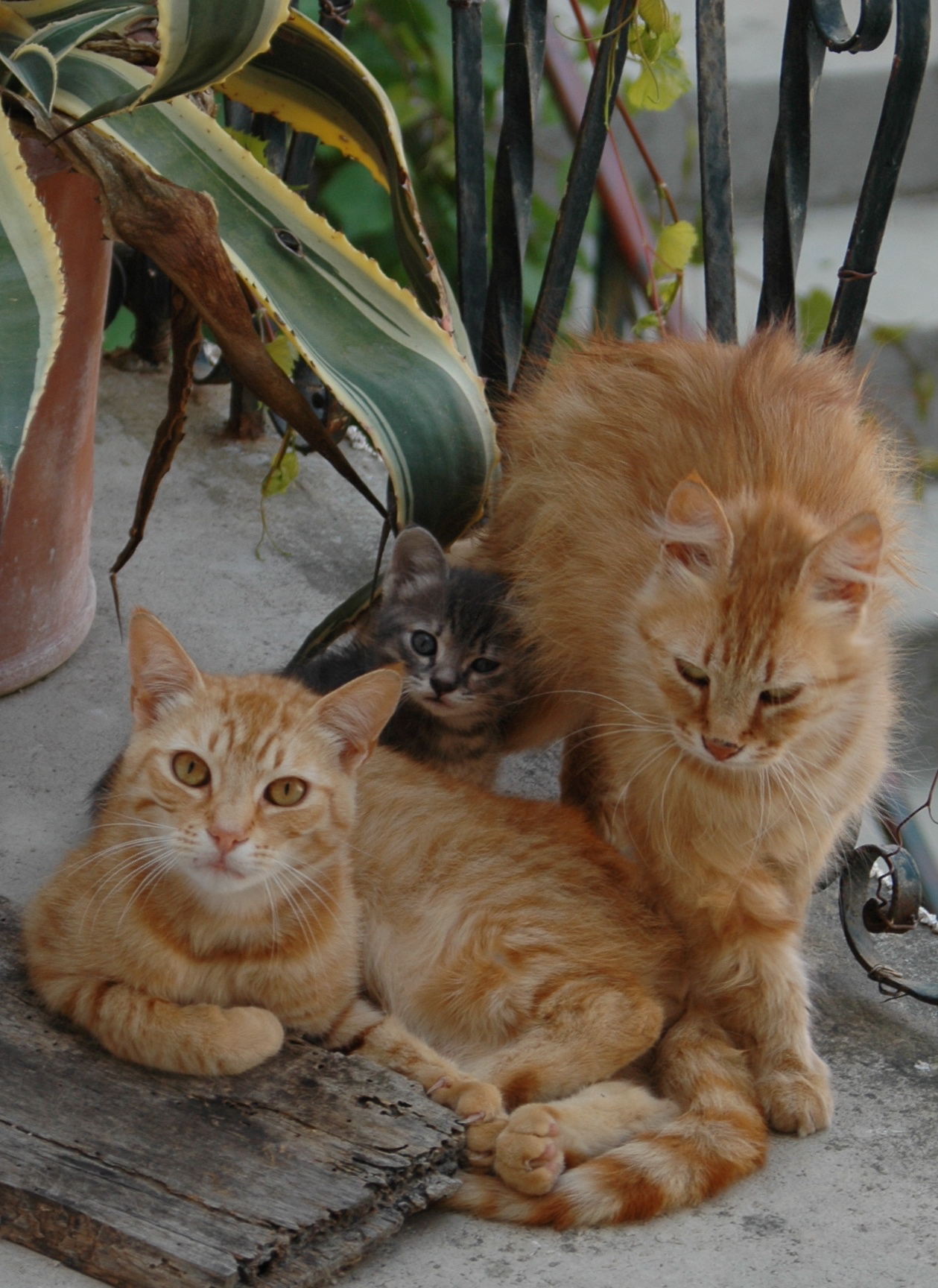Moving me was easy, especially as I was classified as a returnee. Everything else required special permits from Ministries and Customs officials. By a short head, it was the dogs who created the biggest pile of papers, and caused the most moments of tension: if I made a mistake or left something out, they’d end up in quarantine somewhere, and the thought did not appeal.
In 2004 the pet passport scheme was very new. As now, the UK Department for Environment, Food and Rural Affairs (Defra) was responsible for the export documents.
The import procedures were handled by the Veterinary Section (Uprava za veterinarstvo) at the Croatian equivalent, which was then Ministarstvo Poljoprivrede, šumarstva i vodnoga gospodarstva (Ministry for farming, forestry and businesses relating to water).

Paperwork, UK
At the UK end, my application to Defra had to be made no sooner than one month and no later than 10 working days before my departure. I had to organise the micro-chipping, inoculations, passports and certificates of good health from my vet, who was registered with Defra and so could do all this. I needed a further certificate confirming that there had been no cases of rabies in the UK during the previous six months, which had to be issued by a vet employed by Defra. As I was taking the dogs to Croatia by car, I also needed a separate export certificate signed by an official Defra veterinarian for almost every country I was to pass through. The certificates carried translations for France and Italy, but were English only for Slovenia and Croatia.
Paperwork, Croatia
I was sent the Croatian application forms by e-mail, with full instructions, plus the kind offer of further help should I need it, which I did. The two dogs could be on a single application form if they were born in the same country, otherwise each needed a separate application.
I had to apply for the entry permit at least 30 days before my arrival. Payment had to be made in kunas, the local currency, and the original documents had to be presented to the Ministry, although I was told I could fax or e-mail the papers for prior consideration. I was advised to find a friend in Zagreb to deal with the ministry in person, a tall order given that all my friends were working, and the Ministry’s receiving hours were limited to two hours a day (12.00 - 14.00). Happily I was able to organise it all by post, although it became a race against time towards the departure date. The Ministry faxed me the permit document, just in case the original did not arrive in the UK in time. I had to specify which border crossing I would use from Slovenia, and when I would arrive there - I just had to hope there would be no major hold-ups on the way.
The journey
When everything was in place, the weighty bundle of papers amassed cost over £500, so we set off light of heart and even lighter of purse on our adventure across Europe. Bella and Beba were peaceful dogs, used to car travel, and the long journey did not worry them unduly. The Channel Tunnel was a little scary at first, but the quiet rocking motion soon had them calm again. We had frequent stops for stretching legs, water drinking and other necessities. For overnight stops, I simply chose suitable looking guesthouses, using the criterion of well-tended flower displays outside, and asked if they would accommodate the dogs, which they invariably did. Our arrival in Croatia was uneventful. The one frustration: try as I might to proffer my expensive and impressive sheaf of export/import documents, not a single customs official wanted to look at them.
Moving pets now
As procedures have become standardized across Europe, moving pets across has become easier, although the basic requirements remain the same. In 2010 all kinds of pets can be imported into Croatia from the EU and a list of “low-risk” other countries, provided that the customs conditions are fulfilled. The Croatian regulations are in line with those of the EU. Since Croatia's accession to the EU, the necessary inoculations, advice and pet passport can be provided by most veterinary surgeries.

Basic requirements
Pet dogs, cats and ferrets have to be microchipped and vaccinated against rabies, and must have a passport, if from the EU, or veterinary certificate if not. The microchip should be to ISO-norm 11784 or Appendix 1 ISO-norm 11785, but if it is not the owner has to supply the means for reading the chip. In all cases the pet’s identity details have to be entered on its vaccination certificate, and the vaccination has to be up to date.
The animals have to be examined by a veterinary surgeon before departure, and the vet has to note that this has been done in the passport.
Pets less than three months old coming from the EU have to have a passport, but need not be vaccinated if you can prove they have not left the area where they were born, and that they have not been in contact with wild animals which might be carrying rabies.
Extras for those outside the approved zones
Animals from countries outside the approved list can be imported if, besides having the microchip, rabies vaccination and passport, they have had blood tests proving they are sufficiently protected against rabies. The blood sample has to be taken by an authorized veterinary surgeon, at least thirty days after vaccination and three months before travelling, and has to be analysed in an EU approved laboratory. If the protection proves insufficient, the animal has to be re-vaccinated, and there is a further delay of 120 days before it will be allowed into Croatia.
Entry into Croatia
Pets have to be accompanied by their owner or someone representing the owner, and must number no more than five to qualify as a non-commercial import. Those arriving directly from EU countries can use any of the regular border crossings, others have to come through a specified approved entry point, where Customs officials will check that the documentation is correct and all conditions have been fulfilled. The border crossing that I used is not on the officially approved list.
Animals in Croatia
There is no greater joy than spending time in Croatia’s stunningly beautiful places with one’s dogs running round happily picking up the scents of wild animals and enjoying the freedom and fresh air. Dogs are often tolerated in restaurants, and may be accepted in hotels and rented accommodation by arrangement.
There are some provisos however.

A lot of Croatians are frightened of dogs, and will ask whether your dog will bite, regardless of its wagging tail and gentle demeanour. It’s wise to keep your dog visibly under control, and never let it approach strangers. In some cases the fear is due to lack of experience of dogs, but a great part stems from the fact that many local dogs become uncharacteristically aggressive through inadequate care, especially if they are kept chained up most of the time. The Croatian law on the Protection of Animals only came into being in December 2006, and it will take time for habits to change, despite the best efforts of individual animal protection groups.
At the seaside dogs are forbidden from most beaches, especially during the tourist season (June to September), although some people sneak out with their dogs very early or late.

The distribution is often haphazard: I have found the poison packets on top of my car in its carport, in my letterbox, on my window-sill, on my garden wall (until I posted notices saying I didn’t want it). Sadly, many cats and some dogs die each year because the packaging is so insecure, also through carelessness when the poison is put down, or even more tragically because some people use it deliberately against them instead of the intended victims. Local dog-owners will tell you if there is a danger from poison in the neighourhood, and if in doubt you should muzzle your dog, especially if it is likely to go searching for things to eat.
Going back
In 2004, pets entering the UK from Croatia automatically went into quarantine. That has changed, and Croatia is included among the countries which qualify for pets to enter or re-enter the UK. The pets have to be micro-chipped, vaccinated against rabies and then blood tested to check the antibodies. If the blood test shows sufficient protection against rabies, six months have to pass before the pet can be imported into the UK. The pet has to be transported by an approved transport company on an authorized route, so you can’t just bring it back the whole way in your car, although it can travel through any EU country or non-EU listed country and then be transported officially on one of the approved ferry lines. Not less than 24 hours or more than 48 hours before it is checked in for official transport, the pet has to be treated against ticks and tapeworm.
Tips
* Allow time to fulfil all the necessary procedures for your pet’s travel
* Websites will give you a lot of information, but always double-check current practice
* Check what documents you need for exporting your pet
* Check what is needed for importing your pet at your destination
* If necessary, get help from someone who knows the language of your destination country
* Check what actions you need to take and when
* Plan your travel carefully
* Use local advice to make sure your pet enjoys its new environment and doesn’t cause trouble.
© Vivian Grisogono 2010. Updated 2014



